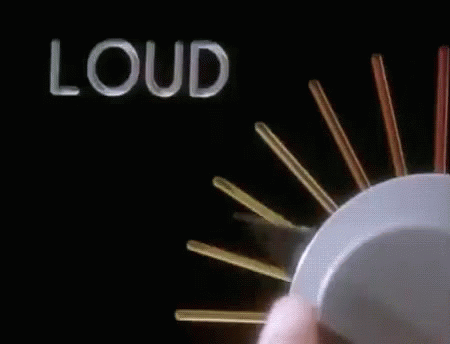KeithEmo
Member of the Trade: Emotiva
- Joined
- Aug 13, 2014
- Posts
- 1,698
- Likes
- 868
This whole "argument" has deteriorated into an argument about semantics.
Let's just that, for the sake of argument, on average, more people bought white cars this year than fifty years ago.
But let's also agree that a white car made today is not any brighter than a white car made fifty years ago.
It is technically most accurate to say: "More people are buying white cars now than fifty years ago."
It is also correct to say: "The average color of a car bought today is brighter than the average color of a car fifty years ago."
I would consider it less concise and less informative to declare that: "Cars have gotten brighter in the last fifty years... "
Although you might reasonably argue that it isn't technically incorrect either.
(It's less concise because it fails to provide enough details to tell us if more white cars were sold or if the color of white paint has actually gotten brighter.)
I think that, at this point, when it comes to modern music recordings, we all know what we mean.
The article in SOS was making a point of what they see as a sort of misunderstanding, or perhaps misattribution (I agree with their assertion).
Many people today seem to believe that modern music is "poorly recorded" due to "incompetent engineering"....
Many others seem to believe that CDs, or perhaps digital media, or even digital audio editors, somehow "inherently" reduce dynamic range - either deliberately or unintentionally....
The point of the article, backed up by plenty of data, is simply that the technical capabilities of modern recording formats and modern equipment are just the same as they ever were....
(If anything, they're far better. For example, a 24 bit digital audio file can reproduce far wider dynamic range than a vinyl record album.)
And it is merely an artistic choice of modern artists and recording engineers to produce music that on average occupies a smaller part of that range more of the time.
(And this makes "the loudness war" a "cultural shift" or "a matter of taste" or even "artists selling out to tone-deaf producers and listeners" rather than "a technical failing or limitation".)
In this case, since there are words that define the situation accurately and concisely, it seems to make sense to use them....
Rather than to continue arguing whether words that describe the situation in more common terms, but less accurately, "are right or not"...
Let's just that, for the sake of argument, on average, more people bought white cars this year than fifty years ago.
But let's also agree that a white car made today is not any brighter than a white car made fifty years ago.
It is technically most accurate to say: "More people are buying white cars now than fifty years ago."
It is also correct to say: "The average color of a car bought today is brighter than the average color of a car fifty years ago."
I would consider it less concise and less informative to declare that: "Cars have gotten brighter in the last fifty years... "
Although you might reasonably argue that it isn't technically incorrect either.
(It's less concise because it fails to provide enough details to tell us if more white cars were sold or if the color of white paint has actually gotten brighter.)
I think that, at this point, when it comes to modern music recordings, we all know what we mean.
The article in SOS was making a point of what they see as a sort of misunderstanding, or perhaps misattribution (I agree with their assertion).
Many people today seem to believe that modern music is "poorly recorded" due to "incompetent engineering"....
Many others seem to believe that CDs, or perhaps digital media, or even digital audio editors, somehow "inherently" reduce dynamic range - either deliberately or unintentionally....
The point of the article, backed up by plenty of data, is simply that the technical capabilities of modern recording formats and modern equipment are just the same as they ever were....
(If anything, they're far better. For example, a 24 bit digital audio file can reproduce far wider dynamic range than a vinyl record album.)
And it is merely an artistic choice of modern artists and recording engineers to produce music that on average occupies a smaller part of that range more of the time.
(And this makes "the loudness war" a "cultural shift" or "a matter of taste" or even "artists selling out to tone-deaf producers and listeners" rather than "a technical failing or limitation".)
In this case, since there are words that define the situation accurately and concisely, it seems to make sense to use them....
Rather than to continue arguing whether words that describe the situation in more common terms, but less accurately, "are right or not"...
It's not my taste, or even about my taste. Stop playing word games! Elephunk proved louder than DMC. American Idiot proved louder than Highway To Hell and even my Kiss CDs.
Castle, with me you get the real deal. If we park our cars together and your's is white and mine is Navy, your car is BRIGHTER than mine - period. It's not my "opinion". White is a brighter color than Navy. Facts here, not Fox!
























